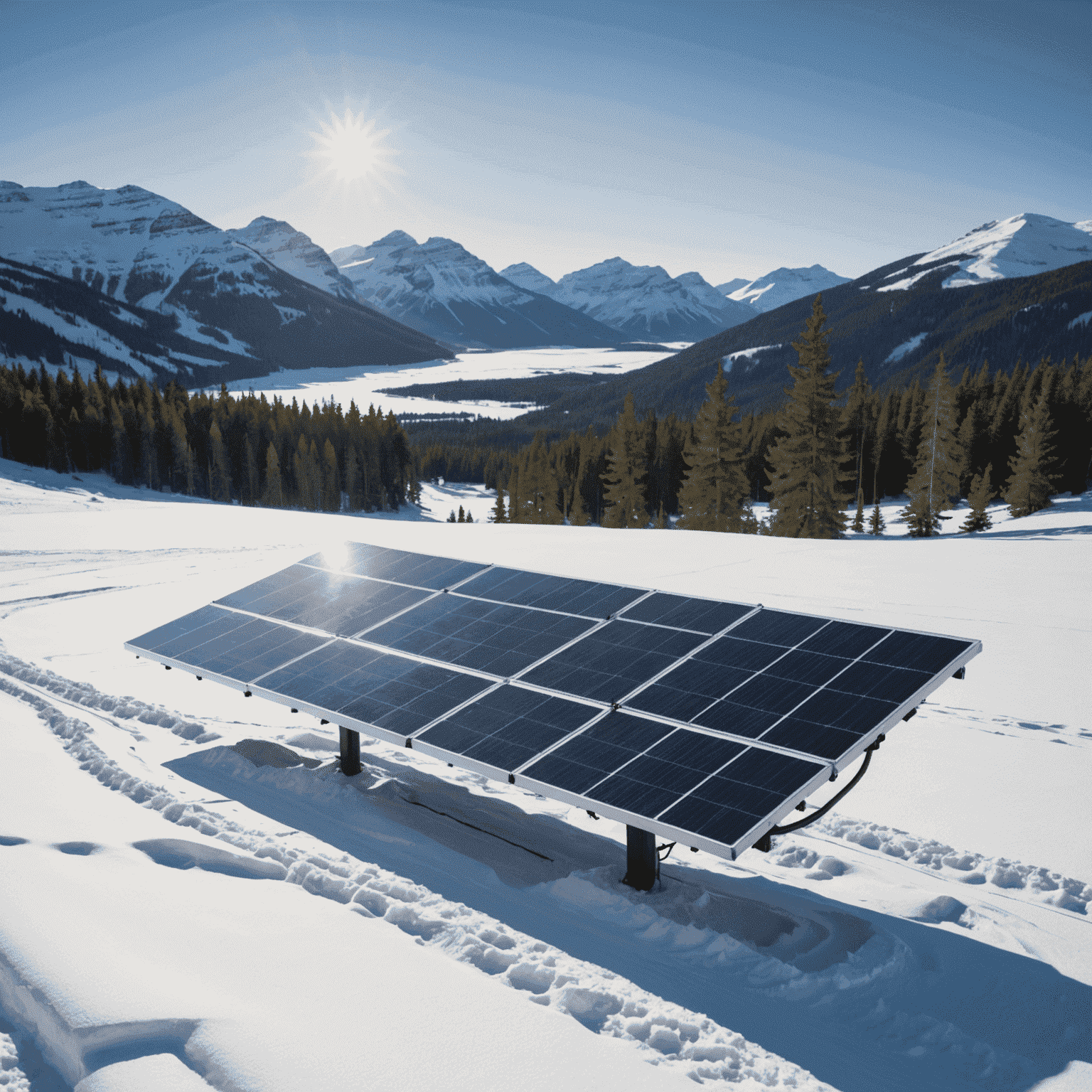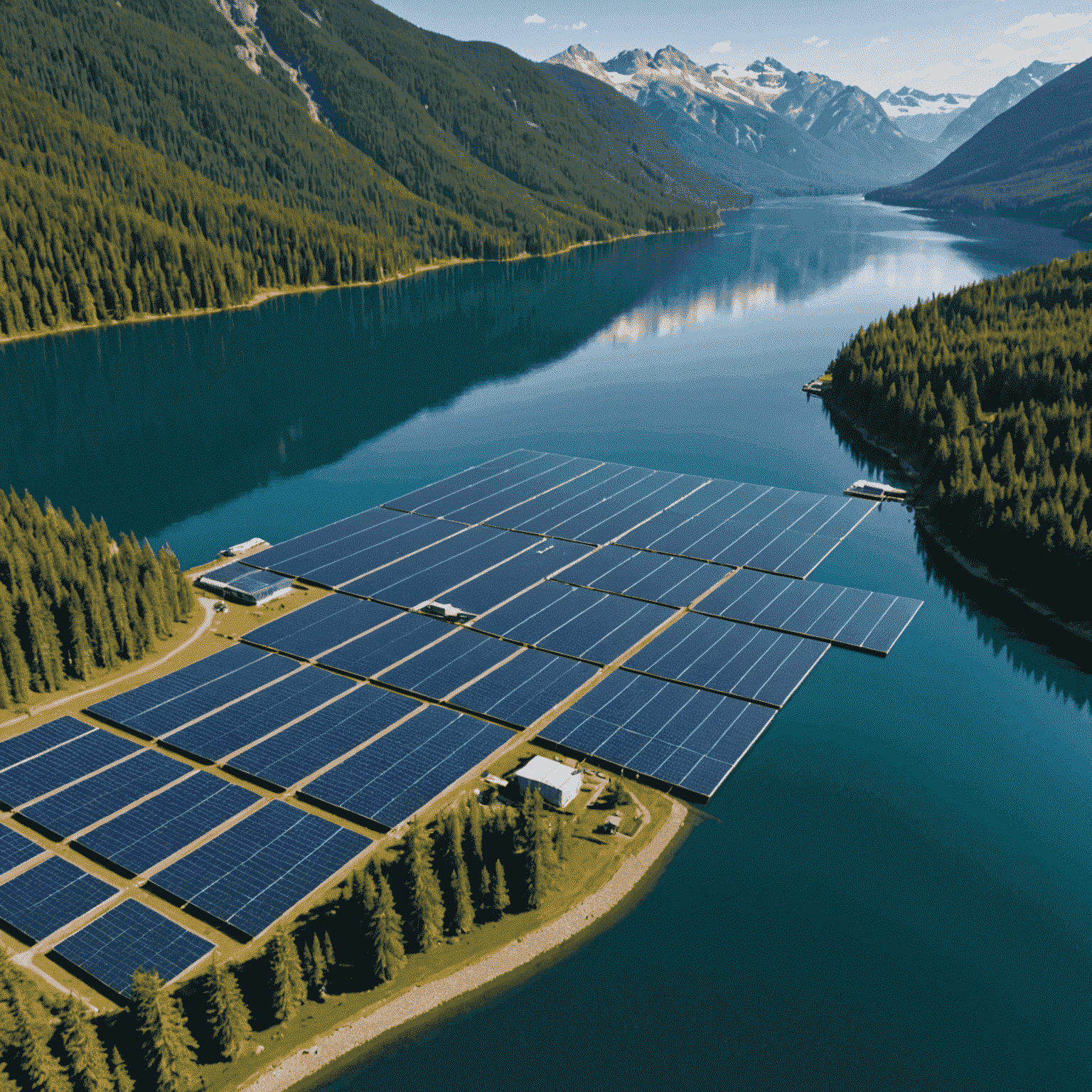Future of Solar: Emerging Technologies and Trends

As we look towards a sustainable future, the solar energy sector continues to evolve at an unprecedented pace. This article explores the cutting-edge innovations and trends that are set to revolutionize solar technology, with a particular focus on their potential impact in Canada and beyond.
Perovskite Solar Cells: The Next Big Leap
One of the most promising advancements in solar technology is the development of perovskite solar cells. These cells have the potential to dramatically increase the efficiency of solar panels while reducing production costs. Research conducted at the University of Toronto has shown that perovskite cells can achieve conversion efficiencies of up to 29%, surpassing traditional silicon-based cells.
Bifacial Solar Panels: Doubling Energy Capture
Bifacial solar panels, which can capture sunlight from both sides, are gaining traction in the Canadian market. These panels are particularly effective in snowy regions, where reflected light from snow can significantly boost energy production. Companies like ZelenaVolt are at the forefront of implementing this technology across various projects in Canada.

Building-Integrated Photovoltaics (BIPV)
The integration of solar cells into building materials is set to transform urban landscapes. BIPV technology allows solar panels to be seamlessly incorporated into windows, roofs, and facades. This trend is particularly relevant for Canada's growing cities, where space efficiency is crucial. The University of British Columbia's new student residence, featuring solar glass windows, is a prime example of this innovative approach.
Artificial Intelligence in Solar Energy Management
AI is revolutionizing how we manage and optimize solar energy systems. Machine learning algorithms can predict energy output based on weather patterns, optimize panel orientation, and manage energy storage systems more efficiently. This technology is crucial for integrating solar power into Canada's diverse climate zones, from the sunny prairies to the cloudy coastal regions.
Floating Solar Farms
With land at a premium in many urban areas, floating solar farms on lakes and reservoirs are becoming an attractive option. These installations can be particularly beneficial in hydroelectric dam reservoirs, creating a synergy between hydro and solar power. The potential for this technology in Canada's numerous lakes and reservoirs is immense.

The Road Ahead for Solar in Canada
As these technologies mature, they promise to overcome many of the current limitations of solar energy. For Canada, this means more efficient energy production in urban areas, better performance in cold and cloudy conditions, and increased integration with existing infrastructure. The future of solar is bright, and it's clear that photovoltaics will play a crucial role in Canada's transition to a sustainable energy future.
At ZelenaVolt, we're committed to staying at the forefront of these technological advancements. Our investment in solar panels is not just about current energy needs, but about shaping a cleaner, more sustainable future for our planet. As these emerging technologies become more accessible, we look forward to implementing them in our projects across Canada, further solidifying our position as leaders in the renewable energy sector.